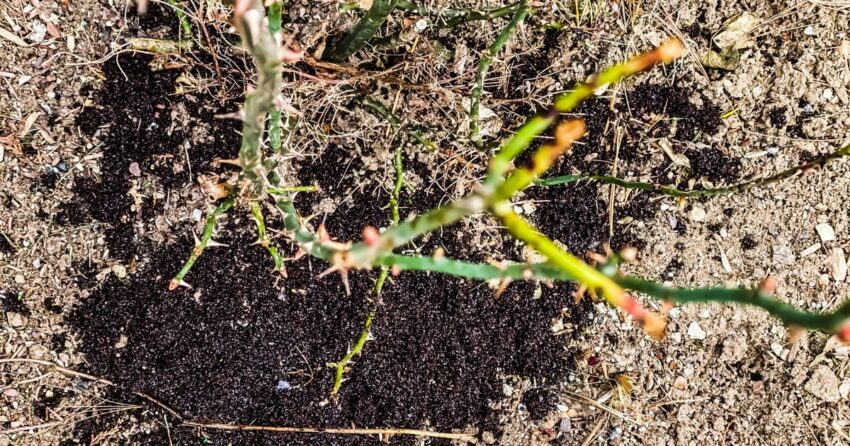In the realm of rose gardening, finding effective and natural fertilizers can make a significant difference. “Coffee grounds to fertilize roses” is not just a phrase, but a sustainable practice that offers remarkable benefits. This guide explores how using coffee grounds to fertilize roses can enhance their health and beauty. Embracing this method not only provides an eco-friendly solution but also recycles waste into a valuable resource for your cherished blooms.
The Benefits of Coffee Grounds for Roses
Nutritional Value
Coffee grounds are rich in nitrogen, a key nutrient that promotes leafy growth and vibrant blooms in roses. They also contain essential minerals like potassium and phosphorus, which support the overall health of the plant.
Soil Improvement
Incorporating coffee grounds into the soil can significantly enhance its quality. They help in improving soil aeration, essential for root health, and facilitate better water retention. This improved soil structure encourages the thriving of beneficial worms and microorganisms, further enriching the soil.
Pest Repellent Qualities
Anecdotal evidence suggests that the strong smell of coffee grounds may repel pests such as ants and slugs, though this benefit can vary based on specific garden conditions.
How to Collect and Store Coffee Grounds
Collection Tips
Start by saving your daily coffee grounds. Additionally, many coffee shops offer used coffee grounds for free, as part of recycling initiatives.
Storage Methods
To store, allow the grounds to dry to prevent mold growth, then keep them in airtight containers. Stored properly, they can last for several months.
Preparing Your Roses for Coffee Ground Application
Before using coffee grounds, inspect your roses for signs of nutrient deficiencies or pest infestations. A soil test can provide insight into the soil’s pH and nutrient levels, helping you determine if your roses would benefit from the addition of coffee grounds.
Step-by-Step Guide to Applying Coffee Grounds
Direct Application: Gently scatter a layer of coffee grounds around the base of your roses, mixing them into the top layer of soil. This method slowly releases nutrients into the soil.
Composting: Enhance your compost pile by adding coffee grounds. Their high nitrogen content makes them an excellent ‘green’ component in compost.
Diluted Coffee Grounds: Soak grounds in water for a few days to create a nutrient-rich tea, which can then be used to water roses.
Frequency and Quantity: Initially, start with a modest amount and observe how your roses respond. Over-application can lead to soil acidity issues.
Monitoring Your Roses’ Response
Pay attention to changes in leaf color, bloom production, and overall plant vigor. If the roses show signs of improvement, continue with your current regimen. Conversely, if there are signs of distress, such as yellowing leaves or stunted growth, reevaluate the quantity and frequency of application.
Common Mistakes to Avoid
Be wary of the type of coffee grounds used. Flavored or sweetened coffee grounds may attract pests or harm the plants. Also, avoid creating a thick layer of coffee grounds, which can form a crust and hinder water penetration.
Additional Natural Fertilizers for Roses
Explore other natural fertilizers like Epsom salt for magnesium, banana peels for potassium, and bone meal for phosphorus. These can complement coffee grounds or serve as alternatives based on your roses’ needs.
Conclusion
Using coffee grounds as a fertilizer offers a sustainable and effective way to nourish your roses. It’s a testament to the benefits of recycling and organic gardening, bringing you closer to nature while you care for one of its most beautiful creations.
Embrace this eco-friendly approach in your garden and share your experiences with our community. Your insights could inspire and help fellow gardeners. For more gardening tips and tricks, be sure to explore our other articles and guides.

Read also: 7 Reasons to Plant Onions in Fall

